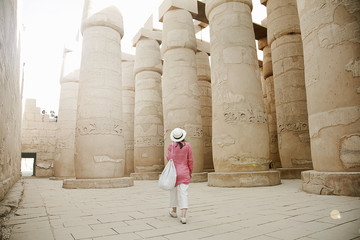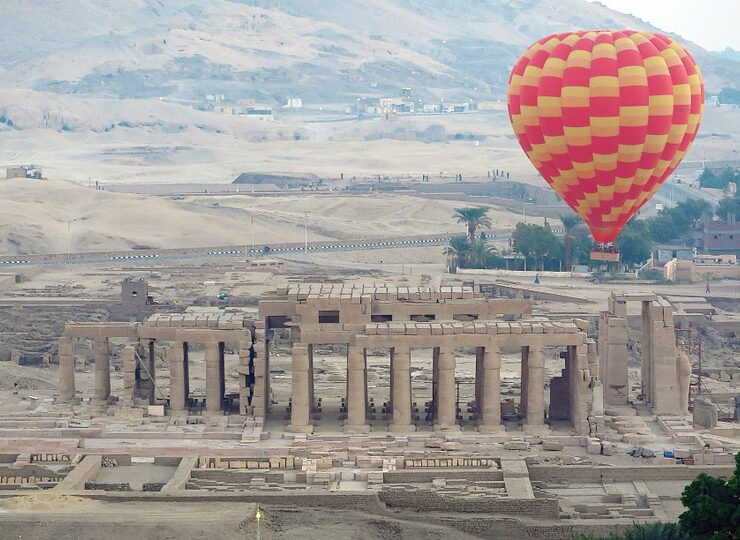“Eternal Preservation: The Mummification Process in Ancient Egyptian Civilization”
When we think of ancient Egypt, images of colossal pyramids, enigmatic hieroglyphs, and the majestic Nile River often come to mind. Yet, one of the most iconic and enduring practices of this civilization was the art of mummification. A process that allowed the preservation of the deceased for the afterlife, mummification holds a prominent place in the annals of history, offering an incredible glimpse into the beliefs and customs of the ancient Egyptians.
The Significance of Mummification
Mummification was more than just a method of preserving the dead; it was a vital aspect of the ancient Egyptian religious and cultural belief system. The Egyptians believed in an afterlife, and they held that preserving the body was necessary to ensure a successful transition from this world to the next. The idea was that in the afterlife, the soul would be reunited with the preserved body, allowing the individual to continue their journey.
The Mummification Process
The mummification process was a complex and highly ritualistic procedure. It typically consisted of several stages, each performed by different specialists. Here is a simplified overview of the process:
-
Body Preparation: The first step was the removal of the internal organs. This was done to prevent the decomposition of the body. The brain was extracted through the nostrils using specialized hooks, while the organs, such as the liver, lungs, stomach, and intestines, were removed and preserved in canopic jars.
-
Drying the Body: The body was then thoroughly dried out. Natron, a naturally occurring salt mixture, was used to absorb moisture from the tissues. The body was often left in a chamber filled with natron for several weeks.
-
Wrapping: After drying, the body was carefully cleaned and anointed with oils and resins. It was then wrapped in layers of linen bandages. These wrappings often contained protective amulets and charms to safeguard the deceased in the afterlife.
-
Final Preparations: The mummy was placed in a coffin or sarcophagus, sometimes multiple layers of coffins. Elaborate burial rituals, including prayers and offerings, were performed to ensure the deceased’s safe passage to the afterlife.
The Role of Priests and Rituals
The mummification process was not merely a technical procedure but a deeply spiritual one. Priests, who played a crucial role in the process, conducted ceremonies and recited sacred texts to guide the deceased’s soul through the journey to the afterlife. The rituals were believed to be essential in securing a prosperous existence in the eternal realm.
Mummification Through the Ages
Mummification was not a static practice; it evolved over the centuries. The process became more refined and accessible, allowing not only pharaohs and the elite but also ordinary Egyptians to undergo mummification. During certain periods, mummification became less elaborate, but the core belief in preserving the body persisted.
Legacy of Mummification
The legacy of mummification lives on through the many well-preserved mummies and artifacts that archaeologists have unearthed. These discoveries have provided invaluable insights into ancient Egyptian culture, beliefs, and daily life. They have also fascinated people worldwide, contributing to the enduring allure of Egyptology.
Conclusion
The ancient Egyptian mummification process is a testament to the profound connection between life and death in this ancient civilization. It demonstrates the unwavering belief in the afterlife, the meticulous nature of the Egyptians, and their profound respect for their ancestors. Today, the art of mummification continues to captivate the imagination and serves as a bridge between our world and the mystique of ancient Egypt, offering a timeless window into their rich and complex culture.

 Info@tango-travel.com
Info@tango-travel.com 



